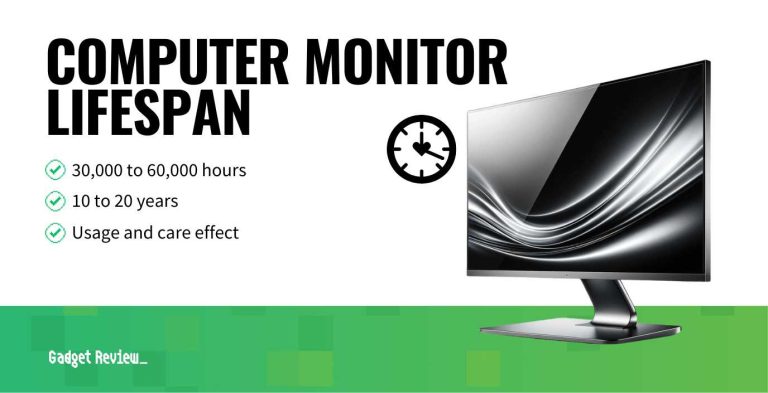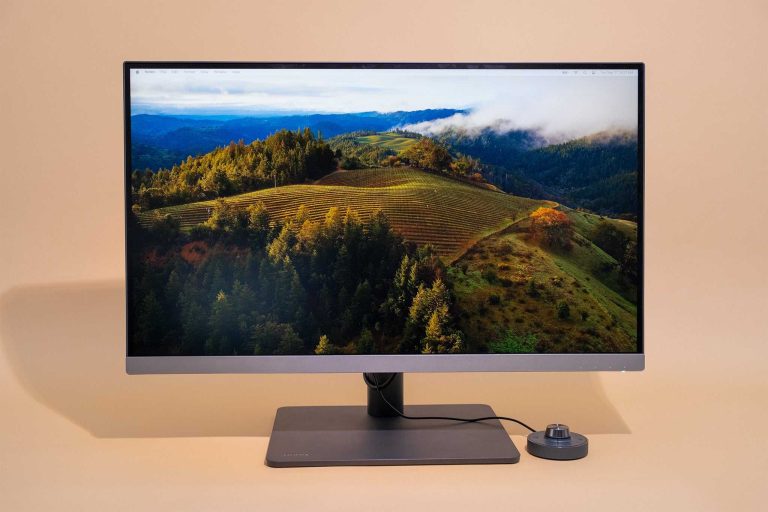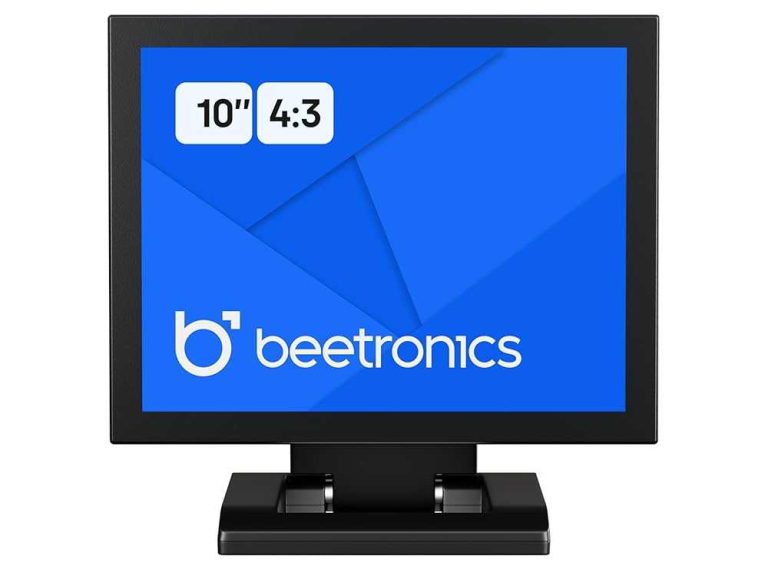No, a curved monitor isn’t necessary for office work, but it can enhance your experience depending on your needs. If you spend long hours on multiple screens or require better immersion and reduced eye strain, a curved monitor can offer noticeable benefits. However, for basic tasks like email and document editing, a flat screen works just fine. Ultimately, whether or not to opt for a curved monitor depends on your work style and preferences.
A curved monitor isn’t essential for office tasks, but it can improve comfort and efficiency for those who work extensively with multiple applications or need a more immersive visual experience. For casual or straightforward tasks, a standard flat screen remains completely adequate and more budget-friendly.
If you’re wondering whether a curved monitor is worth investing in for your office setup, the answer largely depends on your specific work needs. Curved screens can provide a more natural viewing angle, reduce glare, and minimize eye strain, especially during extended periods of use. They create a more immersive experience that helps you focus better, making them ideal for multitasking and detailed work. However, they may not be necessary if your daily tasks are simple or if you have limited space. Whether to choose a curved or flat monitor is ultimately a matter of personal preference and the demands of your work environment.
Is Curved Monitor Necessary for Office Work?
Understanding What a Curved Monitor Is
A curved monitor features a screen that bends inward, creating a slight arc. This design aims to mimic the natural shape of our eyes, offering a more immersive viewing experience. Unlike flat screens, curved monitors can provide a greater sense of depth and reduced distortion at the edges. For office workers, understanding this difference helps determine if a curved screen suits their daily tasks.
Advantages of Using a Curved Monitor in an Office Setting
Many users find curved monitors increase comfort and productivity. Due to their shape, they reduce eye strain during extended use by minimizing glare and reflections. Additionally, the curved design offers a wider field of view, making multitasking easier and more natural. This can be especially beneficial when working with multiple windows or large spreadsheets.
How Curved Monitors Improve Visual Comfort
- Reduced Glare and Reflections: The curved edge helps deflect ambient light, cutting down on glare that can cause discomfort.
- Enhanced Focus: The immersive shape directs your gaze toward the center of the screen, reducing distractions.
- Less Eye Movement: With a curved display, your eyes don’t need to dart around as much, decreasing fatigue.
These factors are vital for those who spend many hours working on documents, data analysis, or design tasks.
Are Flat Monitors Still Suitable for Office Tasks?
Flat monitors are traditional and more common. They are often less expensive and easier to mount or fit into tight spaces. For standard office activities such as typing, browsing, or basic data entry, a flat screen can perform just as well. The decision hinges on personal preference and specific work requirements.
Considering Screen Size and Curvature Radius
Curved monitors come in various sizes and degrees of curvature, measured in radius (for example, 1800R or 1500R). Larger screens with more pronounced curves can enhance immersion but may also require more desk space. For office work, a 27-inch or 32-inch size with a gentle curvature (around 1800R) often balances comfort and practicality.
Impact of Curved Monitors on Multitasking and Workflow
- Fostering Better Multitasking:
- Curved screens provide a more natural setup for viewing multiple windows simultaneously. They make it easier to switch focus without turning your head excessively.
- Reducing Head and Eye Movement:
- The shape minimizes the need for constant repositioning, thus streamlining workflow during busy workdays.
This can lead to more efficient use of screen real estate and less physical strain.
Limitations of Curved Monitors in Office Environments
Not all workspaces benefit from a curved display. For example, if your desk setup involves multiple monitors or limited space, a curved monitor might not fit well. Additionally, some users might find the curve distracting, especially when viewing documents or spreadsheets side by side with colleagues.
Price Differences Between Flat and Curved Monitors
Curved monitors tend to be more costly due to their specialized design. Basic models may start at a higher price point compared to flat screens with similar specifications. When considering a purchase, it’s important to evaluate whether the added comfort and visual advantages justify the extra expense.
Are Curved Monitors Better for Specific Office Tasks?
- Design and Creative Work:
- Curved screens can enhance the experience for graphic designers or video editors by providing a more immersive view.
- Data Analysis and Spreadsheets:
- The wider field of view helps in managing large spreadsheets or multiple data windows simultaneously.
- General Office Tasks:
- For routine tasks like writing emails, browsing the web, or using office applications, flat monitors are often sufficient.
Technical Considerations for Choosing an Office Monitor
When selecting a monitor, consider resolution, refresh rate, and connectivity options alongside the curvature. Higher resolutions, such as 4K, improve clarity on larger screens, making detailed work easier. Good connectivity options ensure compatibility with various devices, reducing clutter and improving workflow.
Is a Curved Monitor a Good Investment for Your Office?
If comfort, reduced eye strain, and immersive visuals are priorities, a curved monitor can be a worthwhile investment. They are especially advantageous in setups where a large, wide viewing area enhances productivity. However, if your tasks are straightforward and space is limited, a flat monitor might meet your needs just as well.
Final Thoughts on the Necessity of Curved Monitors for Office Work
While curved monitors offer notable benefits like improved comfort and multitasking capabilities, they are not a strict necessity for office tasks. The choice depends on individual preferences, workspace setup, and budget. For those who spend long hours at their desk, trying out a curved monitor could be a worthwhile step toward reducing discomfort and enhancing efficiency. Ultimately, selecting the right monitor involves balancing your specific work needs with your workspace environment, ensuring productivity without unnecessary expense.
Frequently Asked Questions
How does a curved monitor affect viewing comfort during extended office hours?
A curved monitor minimizes eye strain by reducing the need for your eyes to constantly adjust to different angles across the screen. The natural curvature aligns with the human eye’s field of view, allowing for a more comfortable and less fatiguing viewing experience during long periods of work.
Can a curved monitor improve productivity when working with multiple applications?
Yes, a curved monitor can enhance productivity by offering a wider, immersive workspace. It makes multitasking more manageable because you can easily see multiple windows or applications without constantly shifting your focus or moving your head, helping you complete tasks more efficiently.
Are there specific types of office tasks that benefit more from using a curved monitor?
Tasks such as graphic design, data analysis, and video editing benefit significantly from a curved monitor because of the enhanced view and reduced distortion at the edges. These tasks require precise visual detail, and the curvature provides a more natural and consistent perspective across the entire display.
Does a curved monitor require special adjustments for optimal use in an office setting?
To get the most out of a curved monitor, place it directly in front of your workstation at eye level. Adjust your monitor’s position to reduce glare and reflections, and ensure your seating arrangement allows you to view the screen comfortably without twisting your neck or eyes frequently.
What are the potential drawbacks of using a curved monitor for office work?
Some users might find curved monitors less effective when sharing screens with others, as the curvature can distort images when viewed from different angles. Additionally, for tasks requiring precise alignment or straight lines, the curvature might sometimes cause slight distortions that need adjustment or consideration.
Final Thoughts
A curved monitor can enhance immersion and reduce eye strain, but it isn’t essential for office work. Many users find it improves comfort during long hours, yet traditional flat screens work just as well.
Considering your specific tasks and workspace preferences helps determine if a curved monitor suits your needs.
In conclusion, is curved monitor necessary for office work? Not necessarily, but it can provide additional comfort and visual benefits for some users.
I’m passionate about hardware, especially laptops, monitors, and home office gear. I share reviews and practical advice to help readers choose the right devices and get the best performance.





